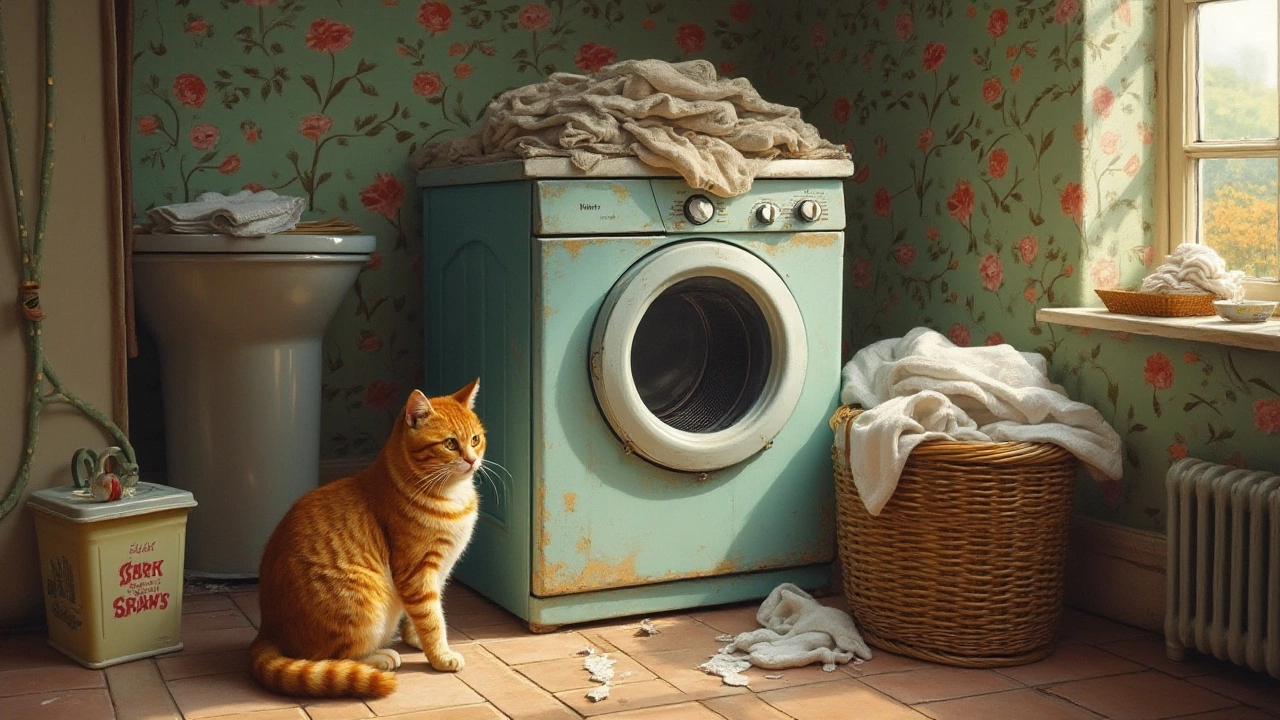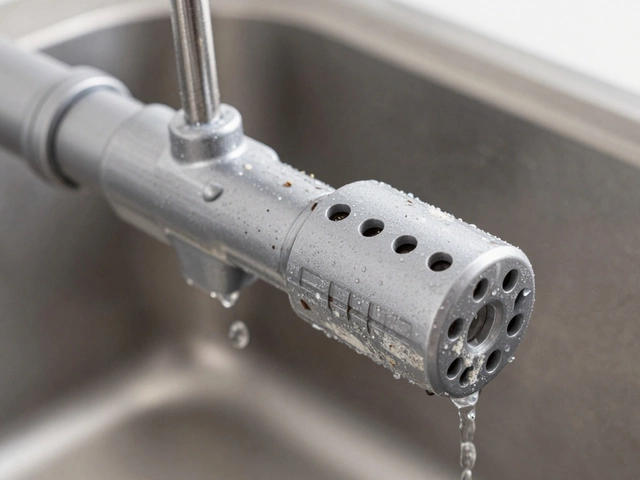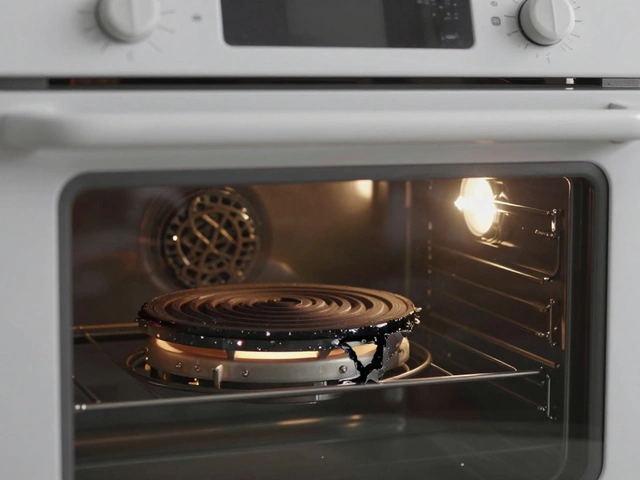Dryers, like many home appliances, become increasingly uncertain with age. A decade-old dryer might seem weathered, yet maybe you think about bringing it back to life with a bit of repair work. Decisions like these aren't black and white, filled with diverse angles you need to explore.
The critical areas you'll need to consider include the dryer's current condition, the cost implications of repairs, and how energy-efficient it remains after sitting in service for a decade. Ultimately, it's about weighing options to choose wisely between fixing the machine and taking the plunge to replace it.
This article dives into these areas, giving you detailed viewpoints to assist in making a decision that best suits your household needs and financial situation.
- Evaluating the Current Condition
- Assessing Repair Costs
- Considering Energy Efficiency
- Deciding on Replacement or Repair
Evaluating the Current Condition
When contemplating whether to invest in your decade-old dryer, assessing its current state is a crucial first step. Begin by inspecting the exterior for visible signs of wear and tear. This might seem superficial, but scratches, dents, and rust can hint at underlying issues or neglect over the years. Examine carefully for any damage that might compromise its functionality or safety. Additionally, take note of any persistent strange noises or vibrations during operation, which often signal internal issues that prefer immediate attention before they compound into much larger problems.
Next, open the door and look into the drum. A well-maintained dryer will have a drum that spins smoothly without any hitches or uneven resistance, pointing to a problem in the roll assembly or motor. Check for any unpleasant odors within the appliance, which could be indicative of either moist buildup or potential electrical issues. Look for lint build-up around the lint trap or vent areas, as this might suggest neglect in regular maintenance, which in turn can affect the dryer’s efficiency and safety.
Remember to test its electrical components. The control panel, buttons, and knobs need to respond promptly upon interaction. A non-responsive panel could hint at electrical faults or software glitches, common in models sporting digital displays. Sometimes, an anomaly in the system might be resolved by simply unplugging it and plugging it back in. But if the problem persists, it could require a more detailed examination by an appliance expert.
It might help to note how the dryer performs in terms of drying time and efficiency. An older model might take longer to dry clothes; it could indicate that elements like the thermostat or heating coils are beginning to fail. Not to mention, inefficient drying can hike up energy bills. Here, measuring energy consumption would shed light on its efficacy. Using a wattage meter can indicate if the energy usage aligns with the dryer's original specifications, helping you understand if your ten-year-old model is still functioning within acceptable standards.
Consulting Experienced Voices
Another key piece of advice is to consult user reviews or expert opinions available from services such as Consumer Reports. These recommendations can provide insights into the typical lifespan and known issues of your specific dryer model. As experts in appliance longevity often note, "Dryers that are regularly serviced and repaired with quality parts tend to enjoy longer operational lives," which emphasizes the importance of proper upkeep.
Finally, maintain a log of all repairs undertaken over the years. This record forms a basis for examining how often your dryer has required repairs and helps in forecasting potential future costs. If you've already poured considerable resources into your dryer, it might not be worth the financial burden of another extensive repair. As a general rule, if repairs cost more than 50% of the price of a new dryer, it’s perhaps time to consider replacement options.
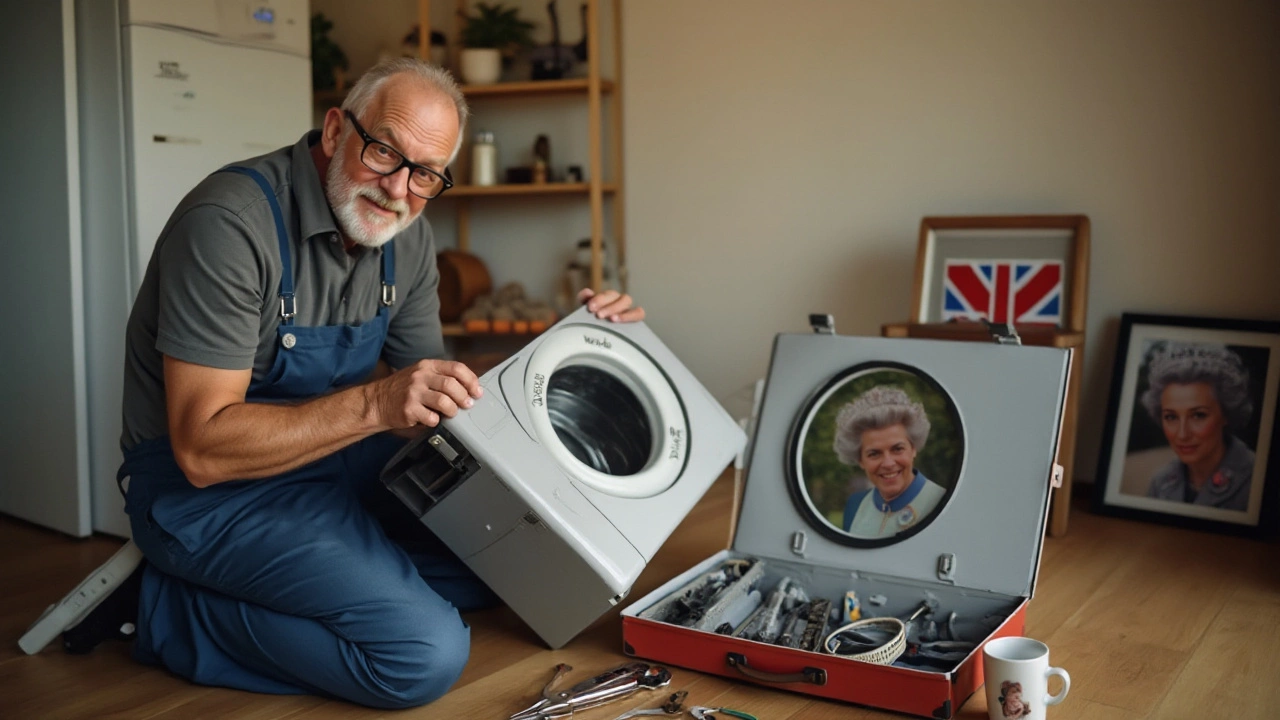
Assessing Repair Costs
When it comes to making a decision about fixing an old dryer, one of the primary aspects to consider is the dryer repair cost. Realistically, the costs can vary significantly based on several factors. For instance, the type of defect plays a major role; a simple belt replacement is much easier and cheaper compared to fixing an electric control panel. Labor rates vary widely between regions and even between repair professionals, so it’s wise to shop around for quotes. Often, repair costs range from $100 to $400, but specifically older or exotic models can see costs soar higher due to part scarcity. Avoid repair traps by ensuring you have a detailed estimate that includes parts and labor before committing.
Diversifying the costs further are factors like parts availability; some older dryer models may require specialized parts that aren't in stock, inflating both price and repair time. Pair that with labor costs, and things can spiral quickly. Be mindful of appliance warranty conditions, or any coverage that might offset expenses. Repairing a dryer is a balance between longevity gain and the monetary investment. A well-repaired dryer can stretch its life considerably, but if repair attempts become frequent and surpass half of your dryer's value when new, it may be time to reconsider.
Let’s not forget the economy of scale either. Sometimes, repairing an appliance seems like a prudent choice environmentally and financially, as opposed to buying brand new. Relying on insight from seasoned experts can be a game-changer. As a noteworthy expert from a popular consumer advocacy group once mentioned, the repair-or-replace decision should weigh both economic sense and environmental impact.
"Every repair decision should be seen as a balance between what makes financial sense and sustainable decision-making" – Consumer Advocate Insight
To help frame your decision, think about creating a list of your dryer hiccups over the last few years. The trend may highlight whether the problem is an isolated issue or a recurring nuisance. Also, calculate potential savings from a more energy-efficient new model against the estimated repair costs. It's not always straightforward but crafting a well-rounded outlook based on these variables will empower you to handle the appliance maintenance decision with clarity and confidence.

Considering Energy Efficiency
When it comes to contemplating whether to repair your 10-year-old dryer, energy efficiency should be on the top of your checklist. Older dryers, built a decade ago, were engineered under different norms that didn’t emphasize energy saving as much as today's models. If your application is suddenly spiking your electricity bills, it might be due to its outdated, power-consuming components. Electric dryers are known to be among the most energy-hungry household appliances. It's astonishing to know that modern Energy Star certified dryers use 20% less energy than older models, which can significantly reduce your utility costs.
Technology has leapt forward in the appliance world. Take heat pump dryers, for example; they use a closed-loop heat exchange system to dry clothes more efficiently. Due to capturing and reusing the heat, these dryers can be twice as energy-efficient as standard models. If you're passionate about reducing your carbon footprint and saving on monthly expenses, upgrading to a more efficient unit could be beneficial.
Assessing Your Current Model's Efficiency
Yet, not every situation demands an immediate upgrade. Understanding how energy-efficient your current model is, requires some detective work. Look for the energy label, typically found on the inside of the dryer's door, which provides data on annual electricity consumption. Cross-reference this with newer models. If the energy usage numbers considerably differ, it’s likely time to explore other options. Sometimes, a simple fix like replacing a broken cycle selector switch can upgrade an old dryer's performance.
Appliance maintenance plays an essential role in energy efficiency too. Tasks like regularly cleaning the lint filter and ensuring the exhaust vent isn’t clogged can ensure your machine isn’t working harder than it needs to. A dryer working at its optimal can save you enough to make repairs worth the investment. Even products created many moons ago, when maintained correctly, can run at satisfactory levels without snatching too many dollars from your pocket.
"Many homeowners don't realize their dryer's potential to save energy," says John Smith, an appliance expert at the Energy Commission. "You'd be surprised how much energy can be saved just by performing routine maintenance and choosing the appropriate cycle length for your clothes."
Choosing whether to fix your old dryer or buy a new one isn't always an easy call. But when you factor in the potential reduction in your energy consumption and costs, the decision becomes clearer. Not everyone can, or even should, rush out to buy the latest model. By evaluating your dryer's efficiency and maintaining it properly, you may find that a repair is still the best route to take. However, if energy efficiency vitalizes your life choices, transitioning to a new model may align more with your long-term goals.
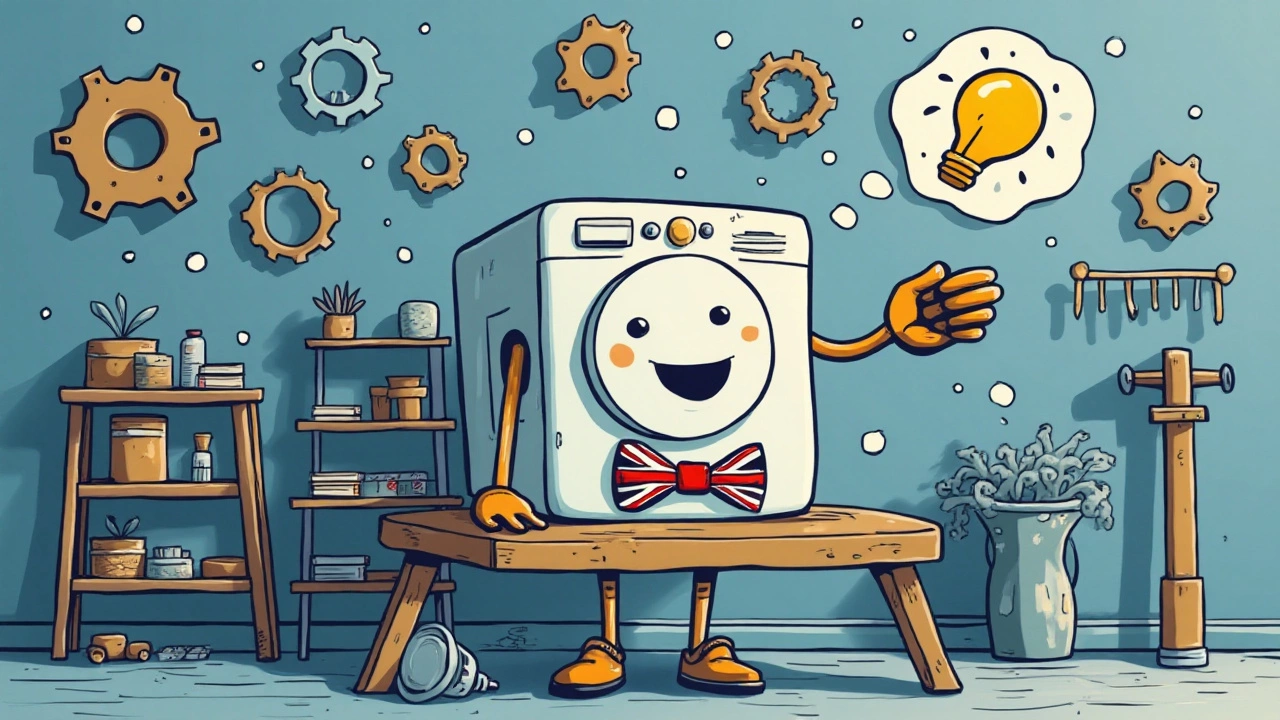
Deciding on Replacement or Repair
When confronted with a failing dryer, the initial thought is often whether to try repairing it or replace the appliance altogether. A dryer is a crucial part of household routines, effectively transforming damp laundry into crisp, warm garments. So, letting it sit idle isn't an option. One has to consider numerous aspects before making a decision. Think about how frequently you're using your dryer. For large families or households consistently relying on drying machines, wear and tear might naturally be higher. In contrast, single-person homes or occasional users might find their *dryer repair* needs don't come as quickly. Reflecting on the particular usage pattern can guide your decision direction.
In the realm of repair and replacement, cost is a significant aspect. Examining potential repair costs against purchasing a new machine is indispensable. If your current dryer demands frequent fixes and still showcases poor performance, opting for a new model might save not only money but sanity as well. Routine repair could signal more profound, systematic issues suggesting the end of the dryer's effective life. As a rule of thumb, if the cost of repair surges past 50% of a new dryer's price, investing in a newer, efficient model is often the more reasonable choice. This threshold serves households well, ensuring your appliance budget is spent wisely.
Energy efficiency is another critical factor in your decision-making process. Newer dryers are masterminds of technological evolution offering significantly improved efficiency over models from a decade ago. This enhancement in design and technology means you might experience reduced electricity bills. Upgrading can seem steep initially but financially rewarding over time. Savvy shoppers keep an eye on annually declare energy-efficient turns on their investments. A new machine marked with an Energy Star rating could extremely cut down your power usage.
While all these considerations whirl about in your mind, there's also the comfort and connectivity aspect to ponder. Newer models often bring to the table several convenience features old *home appliances* simply can't match. Smart technology integrations, enabling remote control, or intuitive settings tailored to your garment type, can significantly enhance your laundry experience. These added functions, however, might be too tempting to dismiss for those seeking cutting-edge convenience.
Before arriving at a verdict, seeking input from appliance experts or customer feedback on public forums can bolster your decision. The power of crowd insight is not to be underestimated. In the words of renowned appliance specialist, John Maxwell,
"Balancing need and luxury on the appliance see-saw leans heavily on personal priority. The trick lies in aligning utility with practicality."His insight keenly highlights the intersection between functional requirements and personal preferences, a valuable space where decision-making can indeed flourish. Weighing all factors carefully ensures you're making an informed choice, one that makes both household and financial sense.


